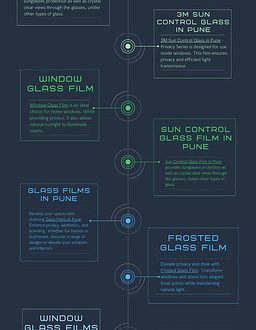Types Of Electric Fans
Most electric fan suppliers will offer two types of fans depending upon the design, the axial fan and the radial fan. Both have advantages and disadvantages and are more or less suitable for certain areas of application.
The Axial Fan:
Axial fans are used wherever high volume flows (air volumes) are required in connection with low pressures (resistances that have to be overcome).
The structure of the axial fan is similar to that of an airplane propeller. It sucks in the air axially (via the motor axis) and blows it out axially.
The properties of the axial fan:
- Small space requirement due to compact design and straight airflow. Ideal for use with direct intake and direct exhaust, e.g. with wall or window fans.
- Simple structure, thus cost-effective development and production.
- Due to the steep characteristic curve of the axial fan, the system pressure must be calculated precisely when components of a ventilation system are connected.
The Radial Fan:
Radial fans are characterized by higher pressures. They are therefore best suited for use in ventilation systems with upstream or downstream filters, air heaters, etc. suitable.
Centrifugal fans are comparable to a drum. They suck in the air via the motor axis and blow it out again at an angle of 90°.
The properties of the centrifugal fan:
- Greater space requirement due to air deflection by 90°.
- Usually better efficiency than axial fans.
- Lower peripheral speeds result in less noise than with axial fans.
- Higher available compressions (pressures). This makes it ideal for use in ventilation systems with upstream or downstream units such as air filter boxes, heat exchangers, etc.
- Due to the flatter characteristic curve compared to axial fans, a radial fan is more tolerant of increases in pressure loss, eg due to filters gradually becoming dirty.


